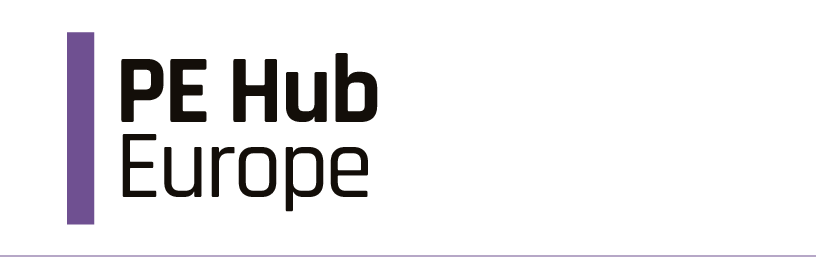To view this content, you need to sign in.
You should only be asked to sign in once. Not the case? Click here
Register now to access this content and more for free.
Nasdaq is buying Thoma Bravo portfolio company Adenza in a cash and shares deal that sources say gave the private equity firm a return of more than 2x.
You should only be asked to sign in once. Not the case? Click here
Register now to access this content and more for free.


Copyright PEI Media
Not for publication, email or dissemination